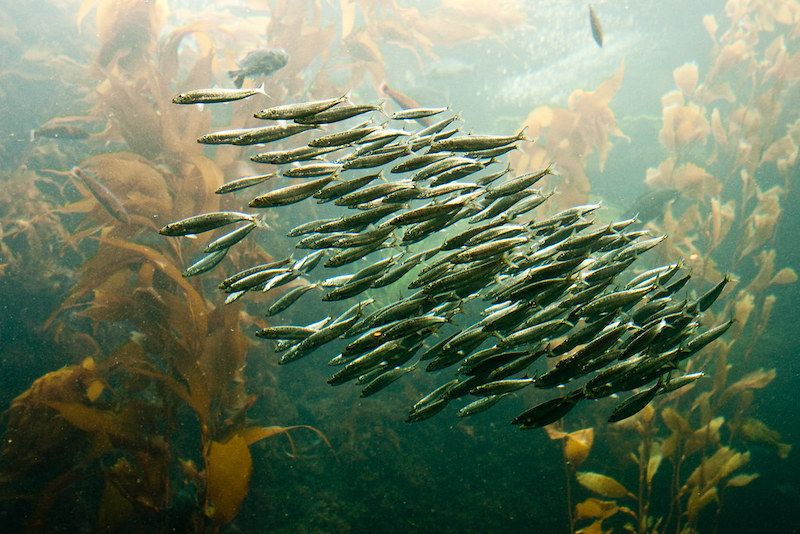There are lots of aspects of making a book that seem like magic. But nothing quite compares to that unboxing of freshly printed, brand new, never-read books in physical form. Even as students who take part in the making of these books, we cannot help but marvel: “How did this object come to be?”
The answer is surprisingly simple: a school of fish.
Ooligan Press is mostly made up of students in either their first or second year of the master’s in book publishing program at PSU. This means that every student is working on a book project team or as a department manager in addition to taking another two or three classes. And who can find the time to create cover and interior designs as we juggle up to six books in development at once? The key is collaboration. By trusting each other as managers, creators, and book lovers with valuable feedback to give, we work toward a fully designed book that best reflects the essence of the final manuscript.
The design process for an Ooligan book is divided into three major phases. First, the project team (who knows the manuscript best) creates a design brief document. This document gives an in-house description of the book’s story and provides lists of major themes, key visual elements, and minor visual elements. Color palettes and other imagery that could be used as inspiration or starting points are included. The project team also researches book covers to show the volunteer designers strong examples of what to emulate and what to avoid (we all take guilty pleasure in finding those terrible covers). With this design brief to guide them, Ooligan designers get to work. Over the course of four weeks, everyone in the press has the chance to submit design ideas, which are reviewed and discussed through constructive feedback at weekly meetings with the design manager, the project team, and other students. Designers receive actionable suggestions for what to adjust or new ideas to try the following week. This part of the process is where I think the magic is: by supporting each other’s efforts and applauding the courage students demonstrate when they expose their works in progress, we allow room for the creative influence of many minds. Sometimes the best cover comes out of a combination of two or more concepts. In the last phase of the design process, the cover designer(s) and interior designer work through drafts of their designs with the design and project managers until the final product is a clean, eye-catching, and appropriate representation of the book.
The collaboration within the press ensures that the designer is well informed about the project and feels they have a safe space to experiment in. Some people have a good eye for color, others for fonts, others for general composition. Some excel when they start with a pencil and a sketch pad, while some prefer their mouse and the comfort of an InDesign toolbar. In the end, listening to one another is much more useful than deflecting perceived criticism out of egoism. When we share our thoughts with one another, we make each other better, and the book has a much better chance of reaching its full potential.
Just keep swimming. That’s all it is.

